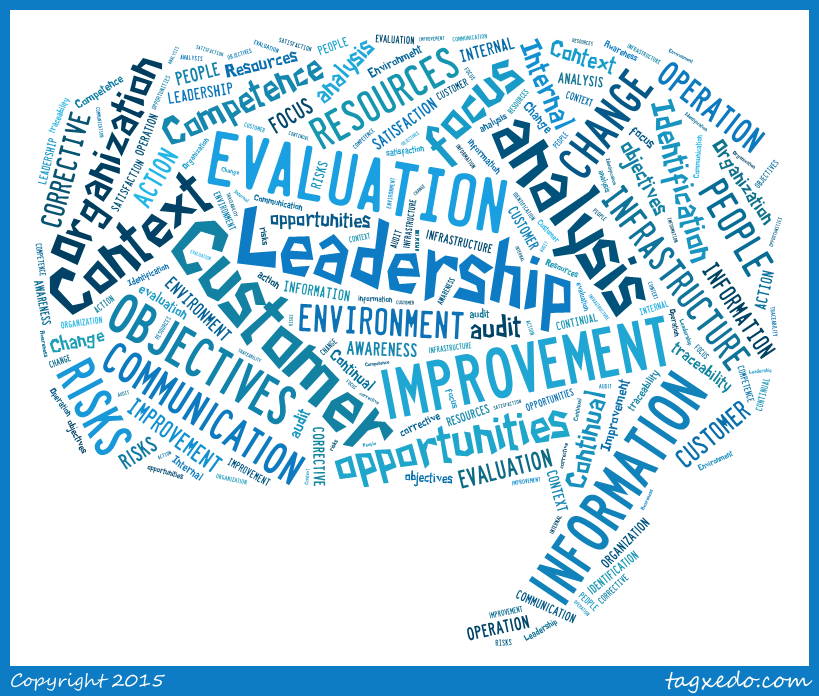The Future of Digital Transformation
- by gcarroll@fasttrackaust.com (Greg Carroll)
- •
- 15 Sept, 2016
- •
Like music, photos, TV, and data, once something becomes digital it becomes a consumable and moves from the domain of the specialised expert to a public commodity. As with Blockbuster, Borders, Capital Records, and newspapers, businesses based on non-digital product are the hand-crafted hobbies of the 21st century. Craft markets will exist into the future but they are generally not profitable and rather a labour of love.
Changing the way we work
Here’s the kicker. Digital Transformation is now looking at not just the things we sell, which includes services by the way, but how we do business. From crowd funding, to network marketing, to blockchain (how Bitcoin works) the basic principles of how we have traditionally gone about business is changing.
Crowd funding, where a population at large is directly involved in the creation of new products, also has ramifications for invention and design. Brainstorming on steroids. Network marketing has wiped out traditional sales channels from cold calling and direct mail to bricks and mortar retailing. And blockchain has the capability to obsolete capital intensive industries. What Bitcoin did to money, people are now looking to use to undermine energy, insurance, and infrastructure oligarchies. One day it may even be capable of fixing our political system.
Understanding Digital Transformation
What really is Digital Transformation? Gartner, a leading authority on such things, defines Digital Transformation as “to leverage digital technologies that enable the innovation of their entire business or elements of their business and operating models”.
So innovating is not just what we do, but how we do it, our “operating models”. In my last article “Misunderstanding Innovation” I wrote on how Innovation is not Invention but rather the application of invention as a solution to a practical need. As such Innovation is the backbone of Digital Transformation, just as Audit is to Compliance or Controls are to Risk.
Digital Transformation as an Operating Model
Back to my opening statement that Digital Transformation should not be thought of as an Event but rather an on-going operating environment, just as industrialization in the 18th century was not a single event but a period of continual transformation. From the introduction of the weaving loom thru production lines to mass production, the transformation fed change that continue for 200 years.
Senior management have to stop thinking of Digital Transformation as a passing fad, and embrace the fact that the world has changed. As in the 18th & 19th centuries, change will drive change, and as the management in those times developed Process Management models (see PDCA is NOT Best Practice) to drive the development of automated production, so too managers now have to develop transformation models to take account that disruption and innovation will drive further disruption and innovation.
Transformation as a Lifestyle Choice
The fact you have transformed your operation today is only a temporary reprieve. You need to redefine your business model to be an agile platform continually identifying and innovating to improve end customer quality of life. That’s your customer’s customer.
Women as the Mothers of Innovation
The current beat-up of getting more women involved in STEM (science, technology, engineering, maths) misses the understanding that innovation has at its root, a deep empathy for the quality of life of others. Developing and elevating women’s inherent intuition as to plight of others, will do more to foster innovation than a plethora of inventions. 100’s of inventions never see the light of day yet a handful of innovations have changed the world. Again please re-read my previous article on Misunderstanding Innovation.
If Malcom Turnbull truly wants Australia to develop an Innovative Culture, we should be promoting more people into the psychology, sociology, anthropology, and statistics. These are the strategic vocations of innovation while STEM and invention are the tactical solutions. Yes stats is maths, but it allows us to understand bias as well as predictive analytics, which identifies and prioritise targets for innovation.
Where to from here
Accepting the need to transform your business model is in itself an inherent risk. Just as a window cleaner straps on a safety harness before scaling a building, so having a proactive Risk and Compliance system operational is a mandatory prerequisite before embarking on any transformation. You will need systems that alert you to emerging issues and to give you continual insight, throughout the transformation process, without the need to go and look for it. The business graveyard is as full of those who lost their footing on the way, as those who did nothing. This is not a shameless plug for what I do but rather the reason I do it.











